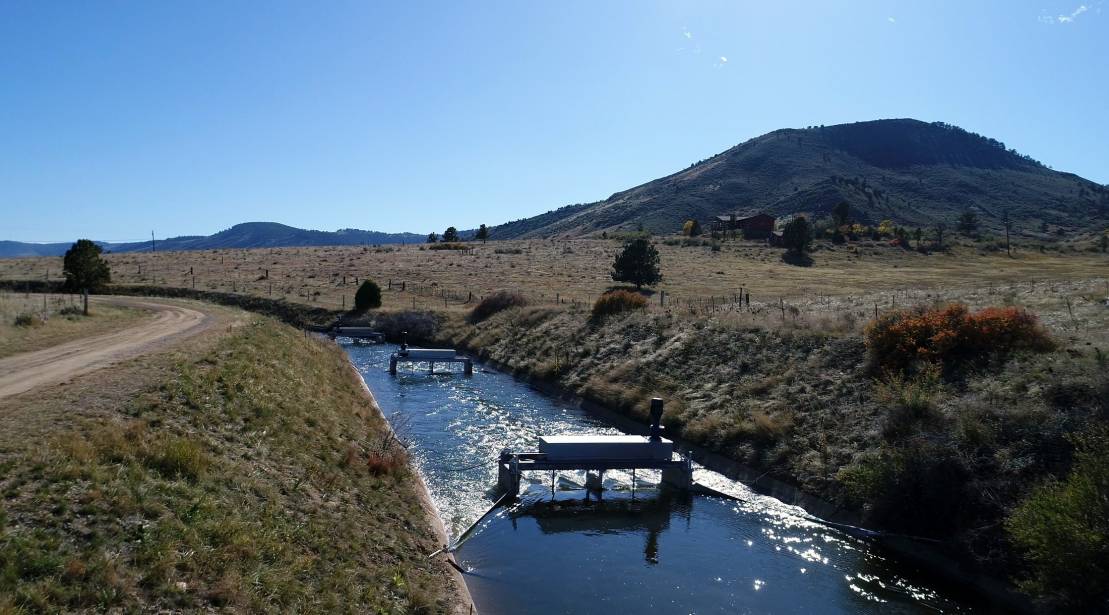
CRC Teams with Tickle College of Engineering to Make Waves in Energy Sector
Hydroelectric power is among the oldest forms of renewable energy and in the U.S. accounts for 6.6% of the nation’s energy production. When most people hear the term “hydroelectric power,” they think of dams across large waterways, but tremendous amounts of energy can be generated from the slow currents of the nation’s smaller waterways, and even from tidal flows. The trick is how to convert that energy into usable electricity that is affordable and sustainable.
Two professors at UT are contributing to the effort. Orlando Rios, assistant professor in the Department of Materials Science and Engineering (MSE), and David Harper, professor with the Center for Renewable Carbon (CRC) at the UT Institute of Agriculture, are key members of the Emrgy, Inc., team, which received $3.6 million through the Submarine Hydrokinetic And Riverine Kilo-megawatt Systems (SHARKS) program of the U.S. Department of Energy’s Advanced Research Projects Agency-Energy (ARPA-E) project. The goal is to make hydrokinetic turbines for tidal and riverine currents more economically viable. Emrgy is an Atlanta-based startup that builds small, modular, flexible underwater turbines that can be scaled at high quantities and placed in existing waterways without the need for any modification of the existing infrastructure.
With distributed hydroelectric, power companies and manufacturers will be able to harvest the kinetic energy, or the movement of the water, instead of the potential energy that gets harvested when a river gets dammed. Harvesting kinetic energy requires far less infrastructure, but to make distributed products, the cost of manufacturing must decrease. The other important factor is to make sure the materials are corrosion-resistant, especially because they are aqueous. This is why Emrgy is partnering with UT’s MSE and CRC.
Rios and Harper are working together to design sustainable materials that will go into Emrgy’s hydrokinetic turbine systems. Their effort to harness hydroelectric power in environmentally sustainable ways may be a critical link in decarbonizing the nation’s electric grid.
Read more about this effort on the Tickle College of Engineering website or at the Emrgy website.